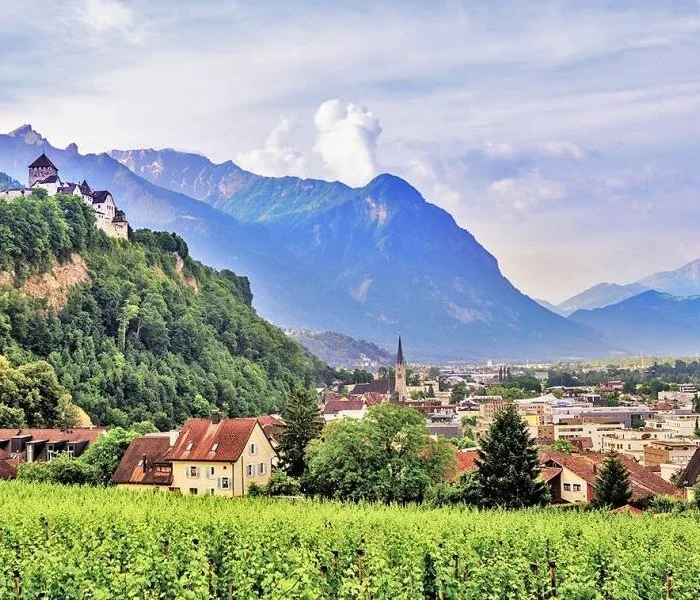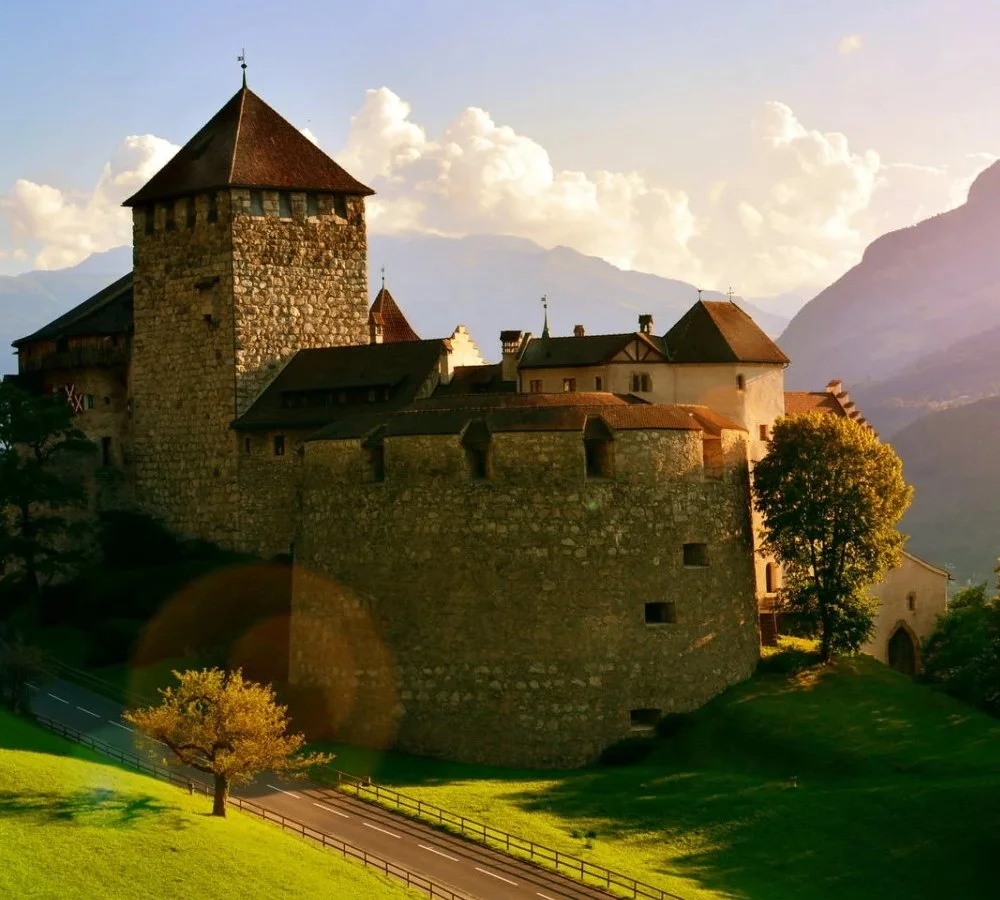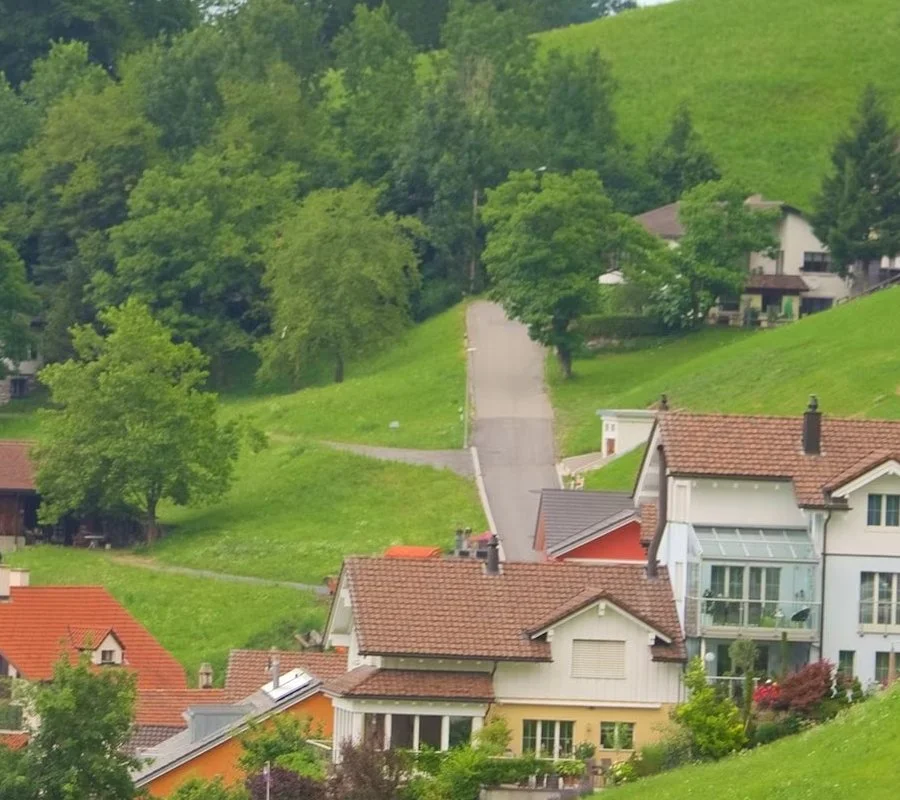Liechtenstein
CET (Central European Time)
UTC+1 (Winter) / UTC+2 (Summer)
Daylight saving time is observed
Swiss Franc (CHF)
Used in Liechtenstein via customs union
Modern exchange rates; cards widely accepted
Established as a principality in 1719
A rich legacy of Alpine and European influences
Modern sovereign state with a traditional charm
Visa-Free Countries
Visa on Arrival Countries
E-Visa Countries
Visa Required Countries
Culture
Liechtenstein boasts a unique cultural blend that reflects its Alpine heritage and European influences. Traditional festivals, art exhibitions, and local crafts highlight the principality’s rich identity.
Key elements of Liechtenstein’s culture include:
- Alpine Traditions: Folk music, dance, and crafts that celebrate mountain life and the region’s natural beauty.
- Modern Art & Design: A thriving art scene with museums, galleries, and contemporary architecture, particularly in Vaduz.
- Historic Heritage: Castles, churches, and traditional festivals preserve the legacy of the ruling princely family.
- Culinary Delights: A mix of Alpine and Central European cuisines, with hearty dishes and locally produced wines.
Today, Liechtenstein blends centuries-old traditions with modern innovation, offering visitors a glimpse into its rich cultural tapestry.
Tourism & Best Sites to Visit
Despite its small size, Liechtenstein offers a wealth of attractions. Visitors can explore majestic castles, scenic Alpine landscapes, and modern art museums.
Here are some of Liechtenstein's most remarkable destinations:





Vaduz: The capital offers modern museums, art galleries, and government buildings set against a picturesque Alpine backdrop.
Vaduz Castle: Overlooking the city, this historic castle is the residence of the princely family and a symbol of Liechtenstein’s heritage.
Gutenberg Castle (Balzers): A well-preserved medieval castle that offers insights into the region’s feudal past.
Malbun: A charming Alpine village and ski resort, ideal for outdoor activities and scenic hikes.
Schaan: One of the larger towns, Schaan provides a mix of historical sites and modern amenities.
Transportation
Due to its small size, Liechtenstein is easily navigable by car or public transit. Although the principality does not have its own airport, excellent road links and public transportation ensure smooth travel.
- Road Network: Well-maintained highways connect Liechtenstein with neighboring Switzerland and Austria.
- Public Transit: Bus services provide regular connections between major towns and to surrounding regions.
- Car Rentals and Taxis: Renting a car offers flexibility to explore the scenic Alpine routes at your own pace.
- International Access: Most international travelers use Zurich Airport (Switzerland) or Innsbruck Airport (Austria), both within an hour’s drive.
Whether driving or using public transport, Liechtenstein’s compact size makes it easy to explore all its attractions.
Airports
Liechtenstein does not have its own airport. Instead, international travelers typically use nearby airports:
- Zurich Airport (ZRH): Located in Switzerland, it is the most commonly used gateway, about 1 hour away by car.
- Innsbruck Airport (INN): An alternative option in Austria, offering seasonal and charter flights.
Ground transportation such as taxis, car rentals, and shuttle services are available at these airports to provide seamless transfers into Liechtenstein.
Visa & Travel Information
Liechtenstein is a member of the Schengen Area. Many Western travelers can enter visa-free for short stays, while others must obtain a Schengen visa.
Visa Options by Nationality
The table below outlines visa requirements for common nationalities:
| Nationality | Visa Requirement | Maximum Stay |
|---|---|---|
| Citizens of EU/EEA countries | Visa-Free | No Limit |
| Citizens of USA, UK, Canada, Australia, and most Western nations | Visa-Free | 90 days (Schengen) |
| Most other nationalities | Schengen Visa Required | 90 days |
Visa Application Process: For travelers requiring a visa:
- Submit your Schengen visa application at the Liechtenstein consulate or the embassy/consulate of a Schengen country representing Liechtenstein in your region.
- Required documentation typically includes a valid passport, recent photograph, travel itinerary, and proof of accommodation.
Entry Requirements: Visitors must have:
- A passport valid for at least three months beyond your planned departure.
- A valid visa or ETIAS authorization (if applicable).
- Proof of sufficient funds and confirmed travel arrangements.
- Travel insurance covering medical expenses and repatriation.
- Return or onward travel tickets.
- Asia
- Singapore
- Japan
- South Korea
- Africa
- Seychelles
- Mauritius
- South Africa
- Contact:
- Address: Eighth Avenue Place, East Tower, 525 8 Avenue SW Suite 3200 Calgary, Alberta T2P 1G.
- Email: Info@theazmip.com
- Number: +12812363495
Travel the World Without the Burden of Visa Applications, as TheAzmip.com Connects You to the Best Visa-Free Destinations.
- North America
- United States
- Canada
- Mexico
- Oceania
- Australia
- New Zealand
- Samoa

